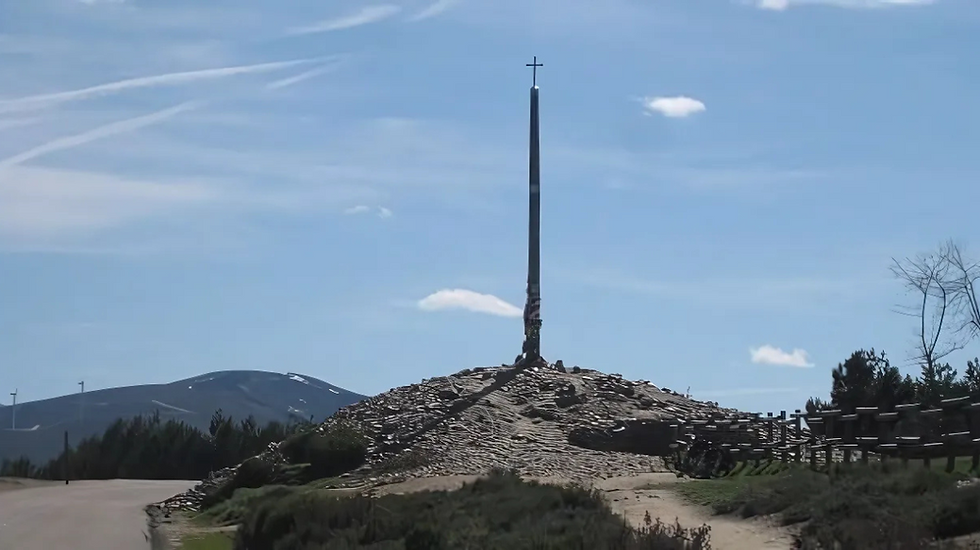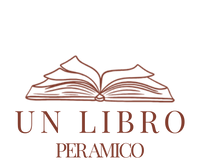Paulo Coelho’s The Pilgrimage: My Review of This Mystical Journey
- Daniela B.

- Sep 18
- 4 min read
Updated: Sep 19
The first Paulo Coelho book I ever read was The Alchemist. The second, almost by chance, was The Pilgrimage. And honestly, it caught me off guard from the very first pages. I expected another story in the style of The Alchemist, but instead I found myself in front of a very different kind of book: not a classic novel, but a mystical, almost initiatory text, filled with spiritual trials and experiences that can give you goosebumps.

The plot and the real journey
In The Pilgrimage, Coelho recounts his pilgrimage to Santiago de Compostela, guided by a spiritual master who leads him through symbols, rituals, and inner trials. It’s a journey that is not only about walking with your feet, but about searching with your soul.
For those who don’t know: the Camino de Santiago is an ancient pilgrimage route that crosses northern Spain and leads to the Cathedral of Santiago de Compostela, where according to tradition the apostle James is buried. The most famous route is the French Way, which begins in the Pyrenees and stretches for about 800 km all the way to Santiago.
Of course, it’s not mandatory to walk the entire route: many pilgrims choose to walk only the last 100 km (often from Sarria), which is enough to receive the Compostela, the official pilgrim’s certificate. In short, the Camino is a journey you can shape according to your strength, your time, and your intention.
And that’s exactly what Coelho’s book reveals: the length doesn’t matter — what matters is the inner transformation.

The mystical experience
Some episodes are truly intense, like his story of conversion, marked by dark presences and trials that seem to come straight out of a dream — or a nightmare. It’s not a “comfortable” story, but one that forces you to look within and ask yourself: what would I have done in his place?
And yet, when I finished the book, it didn’t feel like a closed circle. Quite the opposite: it was as if a door had been left open, a new level waiting to be explored. And today I understand that this is precisely the nature of mystical experiences: they never truly close, because each threshold crossed opens the door to another.

My personal reading
I am an achiever — always striving toward goals. I couldn’t just read the book and stop there: I immediately pictured myself walking the Camino, backpack on my shoulders, ready to face my fears and transform, to break free from the cocoon and become a butterfly.
And it’s not just a fantasy. As a tireless walker (thanks to my labrador, who takes me out three or four times a day for long walks), I know the Camino could truly be within my reach — not only as a physical challenge, but as a spiritual quest.
A book that changes with you
When I first read it, I was still at the very beginning of my inner journey. I was searching for God not as an external entity, but as the infinite that permeates everything and beyond. Years later, I truly embarked on a spiritual path, which included mystical experiences as well. That’s why today I know that if I were to reread The Pilgrimage, it would be a different book for me. Because we are the ones who change, and books, like mirrors, always show us something new depending on the light we carry inside.
More than just a book
Even though several million copies have been sold worldwide, reducing The Pilgrimage to a bestseller would be unfair. It’s a book that strips you of certainties and leaves you cloaked only in the thin veil of emotions. A book that is at once a guide, a diary, and a mirror. And if at first it may leave you wondering, “is that all?”, that very emptiness is exactly the space where your own personal experience can blossom.
📚 If you’ve read The Pilgrimage, let me know what it left you with — or if it sparked your desire to embark on a journey yourself, whether real or inner.
🔗 Goodreads Link: The Pilgrimage on Goodreads

Comments